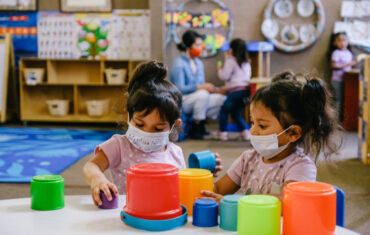Since the virus is spread through respiratory droplets, face masks can protect other people, not ourselves. And there is steadily accumulating evidence that fabric mask perform that function well, by containing respiratory droplets before they can be expelled into the air. You also need to wear face mask when entering health care facilities, public places, and other businesses. Here’s what you need to know:
Who should wear a face mask?
The CDC says people should wear a fabric mask in situations where they’ll be around others and physical distancing might be difficult. This doesn’t apply to children younger than 2 or people with breathing difficulties. In their cases, the face mask could do more harm than good.
What type should I wear?
The CDC recommends fabric mask, not surgical masks or N-95 respirators. The latter are critical medical supplies that should be reserved for health care workers and first responders.
Are cloth fabric mask effective?
COVID-19 is spread through water droplets. And although fabric masks aren’t 100% effective as a barrier. They can reduce the distance droplets travel. Just imagine how far droplets from a sneeze travel if not covered. Then you can see how a face mask would help limit their spread. It’s important to note, though, that mask will not protect you from inhaling the virus. Rather, they can help stop you from spreading it. Because not everyone who has the virus shows symptoms, adding this extra layer of precaution could stop people from spreading it unknowingly.
How do I properly wear a face mask?
The fabric mask should completely cover your mouth and nose. It should fit snugly against your face. Don’t allow any gaps on the sides of your face, chin or bridge of your nose. Also, be sure it is secured properly with ties or ear loops, so you don’t have to fidget with it. If it doesn’t fit properly, you likely will continually adjust it and end up touching your face — something that could expose you to the virus.
How can I make my own fabric mask?
Fabric mask can be made from a variety of household materials, from bandanas to T-shirts. The two most important things to consider are breathability and layers. Make sure it has multiple layers to help contain water droplets, but not too many that you can’t breathe comfortably. The CDC has provided three tutorials for making simple face mask.
How do I sanitize a homemade fabric mask?
Washing your fabric mask in the washing machine after each time you wear it is enough to sanitize it. Just be sure to choose materials that can be washed and dried without shrinking or being damaged.
The key takeaway: If you’re going out in public, wearing a face mask and practicing good hand hygiene can go a long way in reducing the spread of COVID-19.






